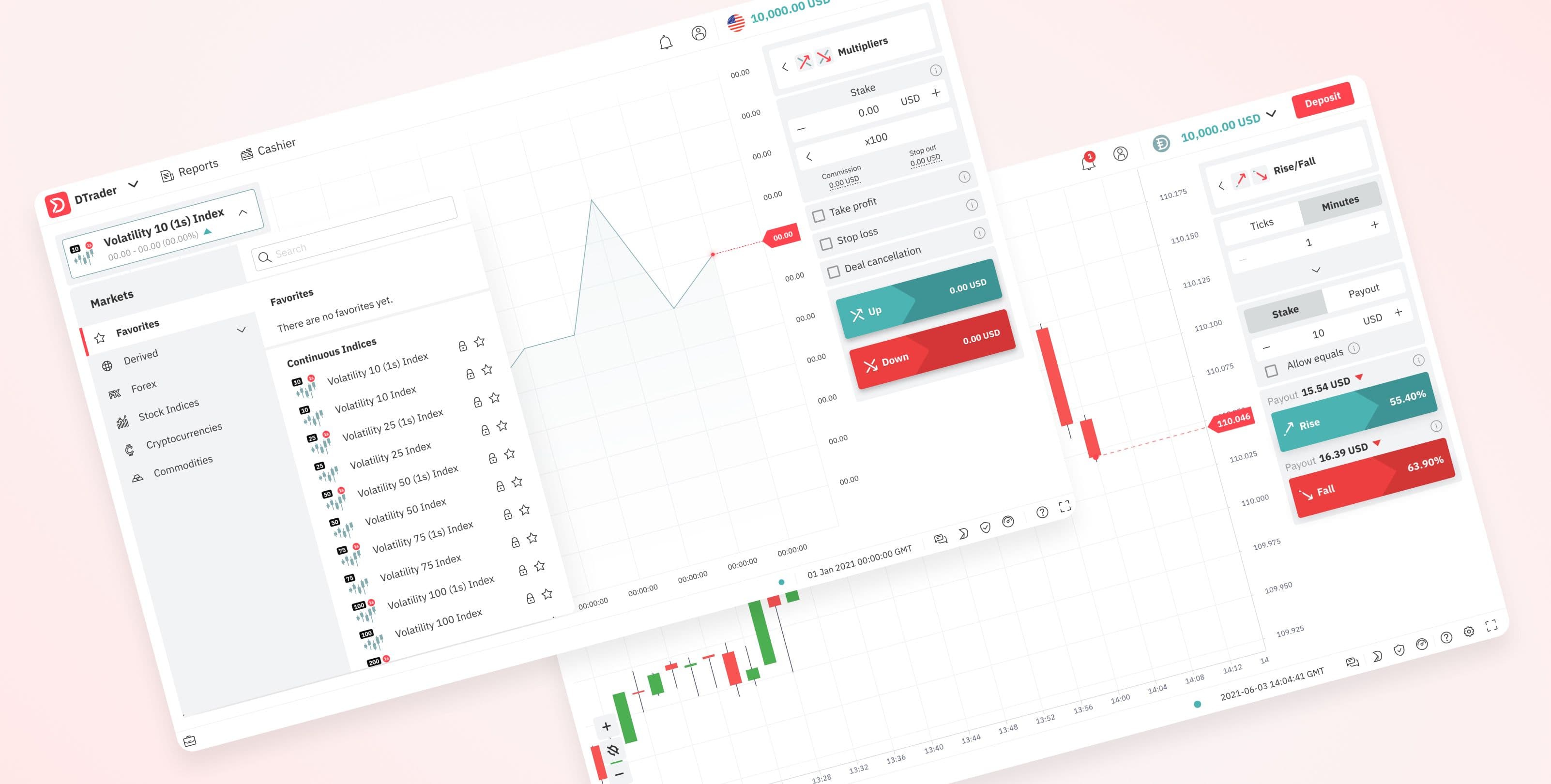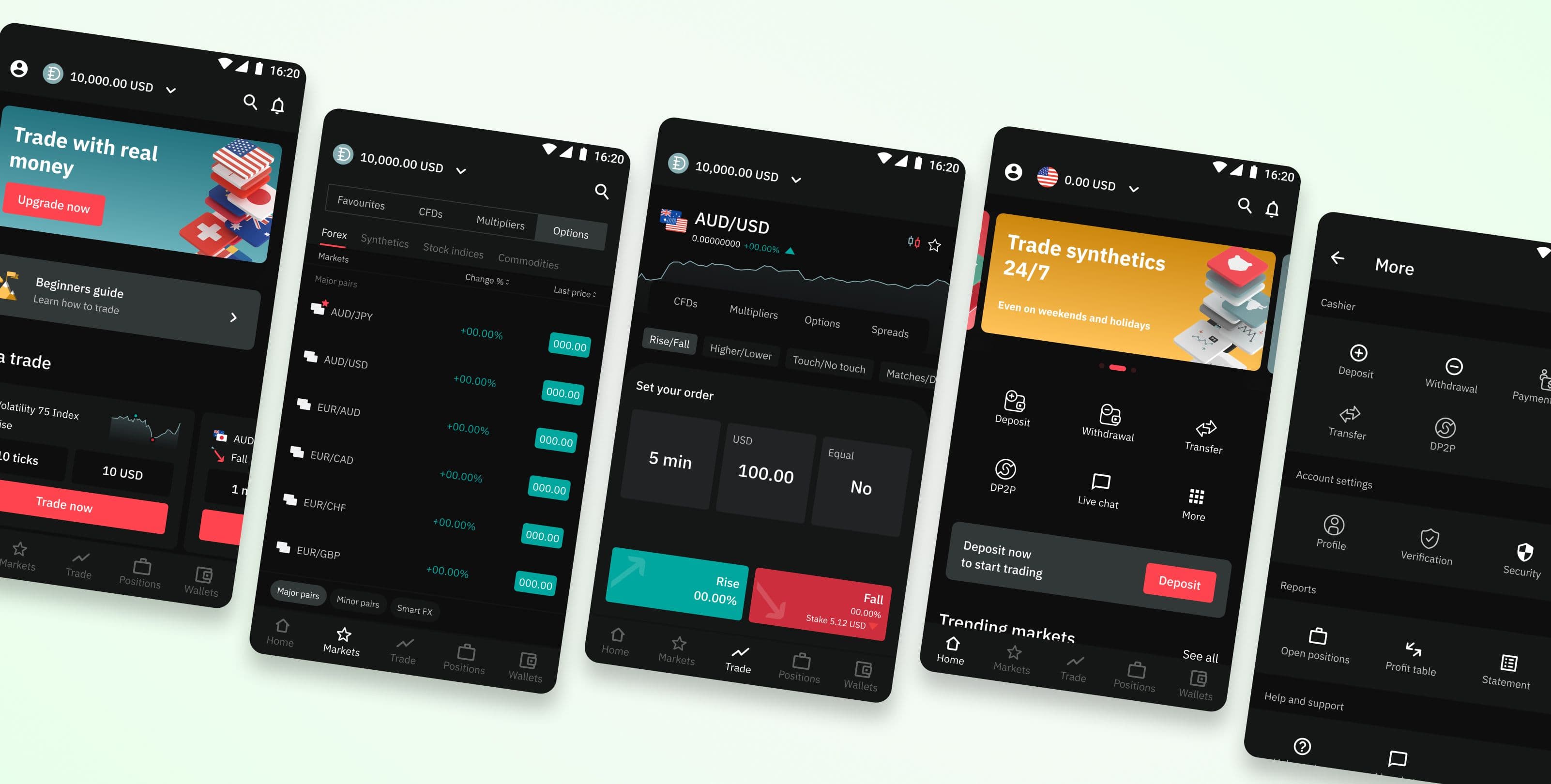Efficient Design Techniques
In November 2023, our design team was drowning. Designers lost days redoing work, developers stopped trusting our files, and everything took way longer than it should. This is how a 59-page guide transformed our team of 30+ designers from chaos to efficiency.

My Role
As UI/UX Manager, I:
- •Researched and documented 11 core Figma workflows over 3 months
- •Created a comprehensive 59-page guide from scratch
- •Collaborated with Figma's design team to learn industry best practices
- •Led hands-on workshops to prove workflows and convert skeptics
- •Implemented a phased rollout strategy achieving 100% team adoption in 4 months
The Problem
Our team of 30+ designers had outgrown our workflows. We'd scaled from 4 designers to 30+ in five years, but our Figma practices stayed stuck in startup mode.
No Branching Workflow
Designers edited directly on master files, overwriting each other's work. No way to track changes or revert mistakes.
Component Chaos
Components scattered across multiple files with no source of truth. Designers constantly rebuilt or detached components, breaking the system.
Inconsistent File Structure
Every designer organized files differently. Some put everything in one page, others separated arbitrarily. Finding anything took forever.
No Developer Handoff Process
No guidelines, no reviews, no documentation. Developers had to guess what had changed and where to find those changes.
Getting the Green Light
For over a year, I'd watched these problems compound while juggling project deadlines. In November 2023, I finally got a window. My HOD understood: "Fix the foundation before it breaks completely."
I reached out to our dedicated account manager at Figma and got on calls with their design team to understand how other companies solved these issues at scale. With colleagues covering my design work, I had three months to build the infrastructure our team needed.
The Solution: Building the Guide
I spent three months researching, documenting, and testing workflows that would solve our team's most critical problems. The result: a comprehensive 59-page guide that became the foundation for design operations at Deriv, establishing standards for branching, component management, prototyping, and team collaboration.
This guide is part of a larger system. Read the full story in Effective Design Processes.
59
Page Guide
30+
Designers Trained
70%
Time Reduction
11
Core Workflows
TL;DR on the 59-page guide?
I've documented the four most impactful workflows below.
Adoption: From Resistance to Champions
Creating the guide was the easy part. Getting 30+ designers with different experience levels and work styles to adopt it? That was the real challenge.
The pushback was immediate:
"This feels restrictive. I know what I'm doing."
Senior designers
"This is too much to learn. Can't I just design?"
Junior designers
"Will designers actually follow this?"
Developers
Documentation alone wouldn't drive change. I needed to prove the workflows worked, so I ran hands-on workshops where designers could see the time savings live. Watching Auto Layout save 20 minutes of manual resizing converted the doubters.
I rolled out change gradually over four months. Started with just the branching workflow in Week 1. Then scaled through 5 "Figma Champions" who taught their peers. By Month 4, the guide was part of onboarding and the team had made it their own.
Measurable Impact
The implementation of this comprehensive guide transformed Figma operations, delivering significant improvements across multiple metrics.
Designer Efficiency
2d → 10m
Component update time
Auto Layout and component properties transformed how fast we iterate. Designers spend time designing, not fighting tools.
Developer Trust
3h → 15m
Handoff time
Developers trust our files again. The structured approach eliminated back-and-forth confusion and tense negotiations.
Design Quality
85%
Fewer design inconsistencies
The two golden rules (avoid changing instances and avoid direct edits) maintained system integrity across all products. Design updates now propagate reliably to 200+ screens.
The Four Workflows
For those interested in the specific workflows and techniques that drove these results, I've documented the four most impactful practices from my 59-page guide.
By June 2024, the guide had become the foundation of our design operations. 100% team adoption, zero merge conflicts, and developers finally trusting our handoffs. The success of this initiative contributed to establishing design operations as a core function at Deriv.



